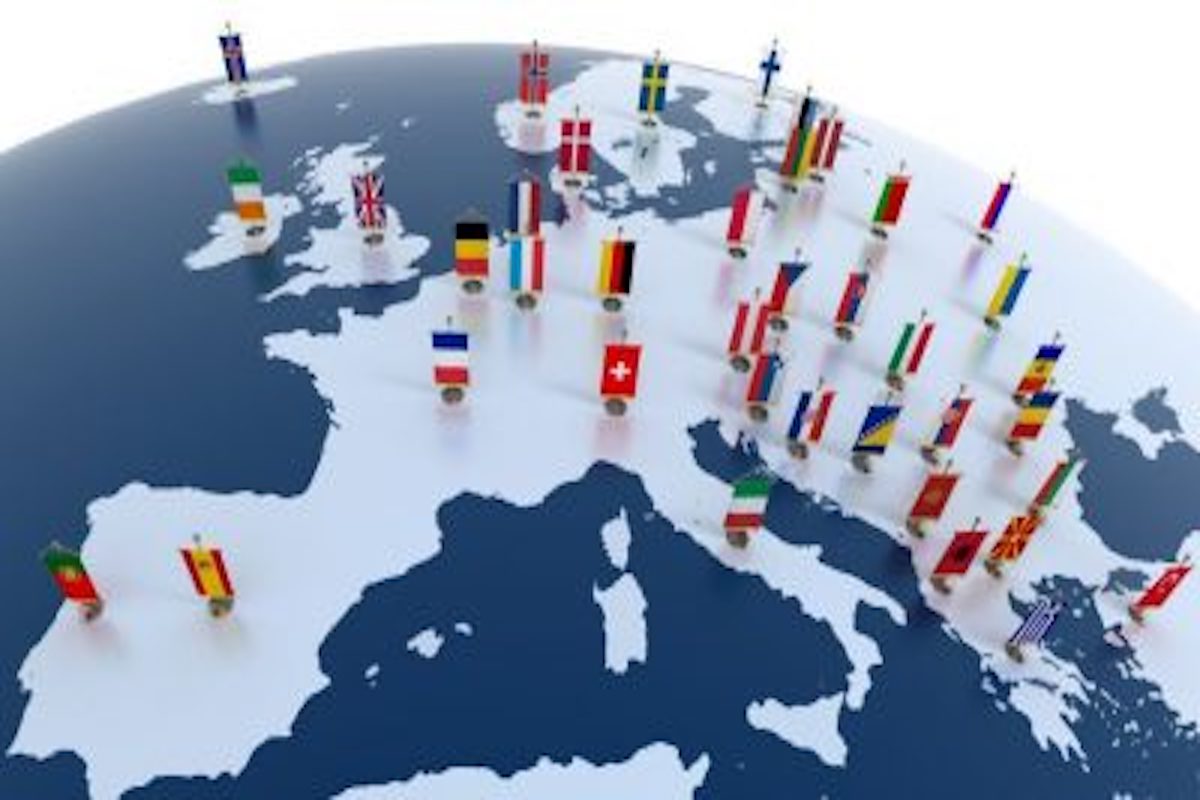EU, G7 leaders urge preventing escalation in Mideast
European Union (EU) and Group of Seven (G7) leaders have called for preventing a further escalation of the situation in the Middle East following Iran's retaliatory strikes on Israel.
The European Union (EU) has forged a new agreement aimed at reshaping the dynamics of migrant hosting within its member states.

European Union Representational Image (Photo: IANS)
The European Union (EU) has forged a new agreement aimed at reshaping the dynamics of migrant hosting within its member states. The New Pact on Migration and Asylum, emerging after exhaustive negotiations, underscores the EU’s attempt to strike a delicate balance between addressing the concerns of border countries overwhelmed by migration and upholding humanitarian values. The pact’s provisions encompass a comprehensive array of measures, including the screening of irregular migrants, asylum application procedures, allocation of responsibility among member states, and crisis management strategies. This holistic approach signals a collective effort to streamline the often chaotic and disjointed response to migration-related challenges. One pivotal aspect of the agreement is the insistence on burden-sharing among EU nations. Nonborder countries now face a choice.
They can either accept a designated share of asylum applicants or contribute financially to an EU fund. This mechanism seeks to alleviate the disproportionate strain on border nations and, in theory, foster a more equitable distribution of responsibilities. It is a bold step, acknowledging the interconnectedness of the EU and challenging the long-standing reluctance of some member states to share the burden of migration. Italian Interior Minister Matteo Piantedosi’s endorsement of the pact as a “great success” for Europe and Italy underlines the potential positive impact on nations directly affected by migration. It reflects a sentiment of shared responsibility, suggesting that EU border countries will no longer feel isolated in managing the complex challenges posed by migrant arrivals.
However, amid the applause, concerns have been raised, notably by human rights organisations such as Amnesty International. The criticism centres on the potential setback to EU asylum law and the anticipated increase in the suffering of asylum seekers. The provision allowing the prevention of certain nationalities with low success rates, like those from India, Tunisia, or Turkey, from entering the EU has sparked particular controversy. Critics argue that such a screening mechanism risks violating the principles of non-discrimination and may result in individuals being unjustly detained at borders. Moreover, the accelerated processing of asylum applications, while seemingly efficient, raises questions about the thoroughness of assessments and the protection of applicants’ rights. The emphasis on detaining those perceived as a security threat could inadvertently lead to the arbitrary deprivation of freedom, with potentially severe consequences for individuals’ lives.
Advertisement
The crux of the matter lies in finding a nuanced approach that upholds the EU’s commitment to human rights while effectively addressing the practical challenges posed by migration. It is an intricate balance between security concerns and compassion, a delicate manoeuvre that requires constant scrutiny and adjustment. In conclusion, the EU’s New Pact on Migration and Asylum signifies a significant step forward in addressing the complex issue of migration within its borders. While it strives to strike a balance between unity and humanitarian concerns, the true test shall lie in its implementation.
Advertisement